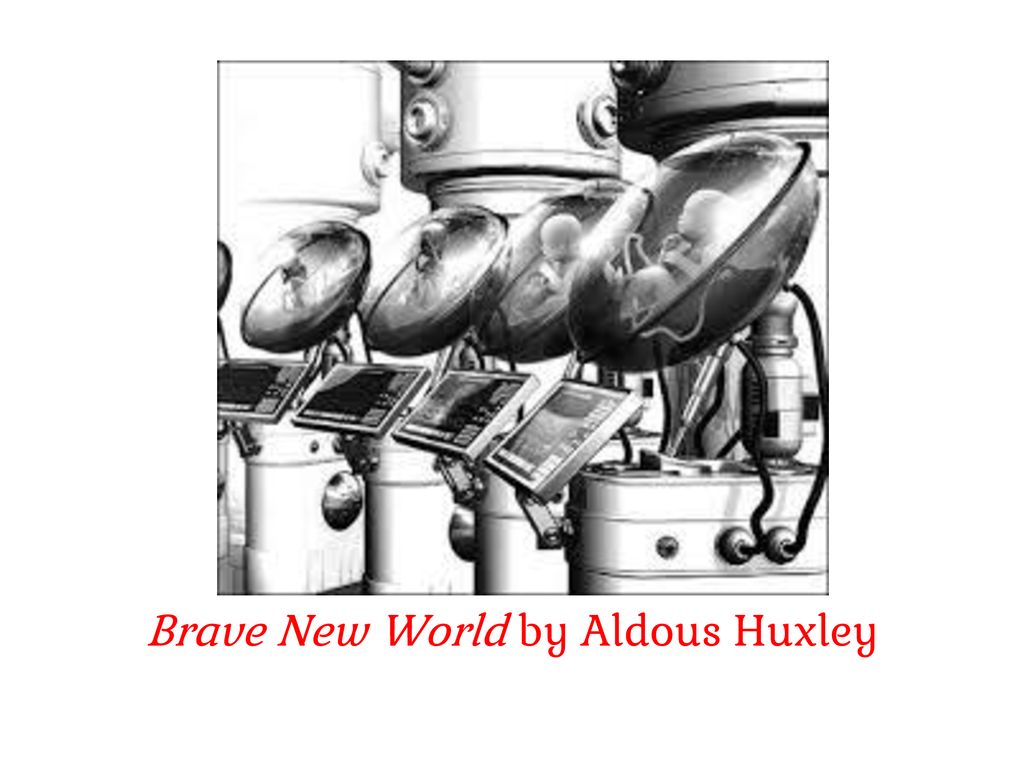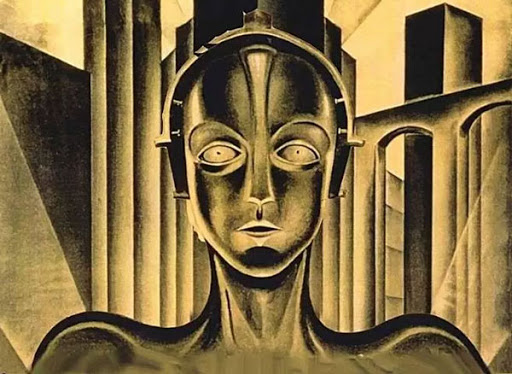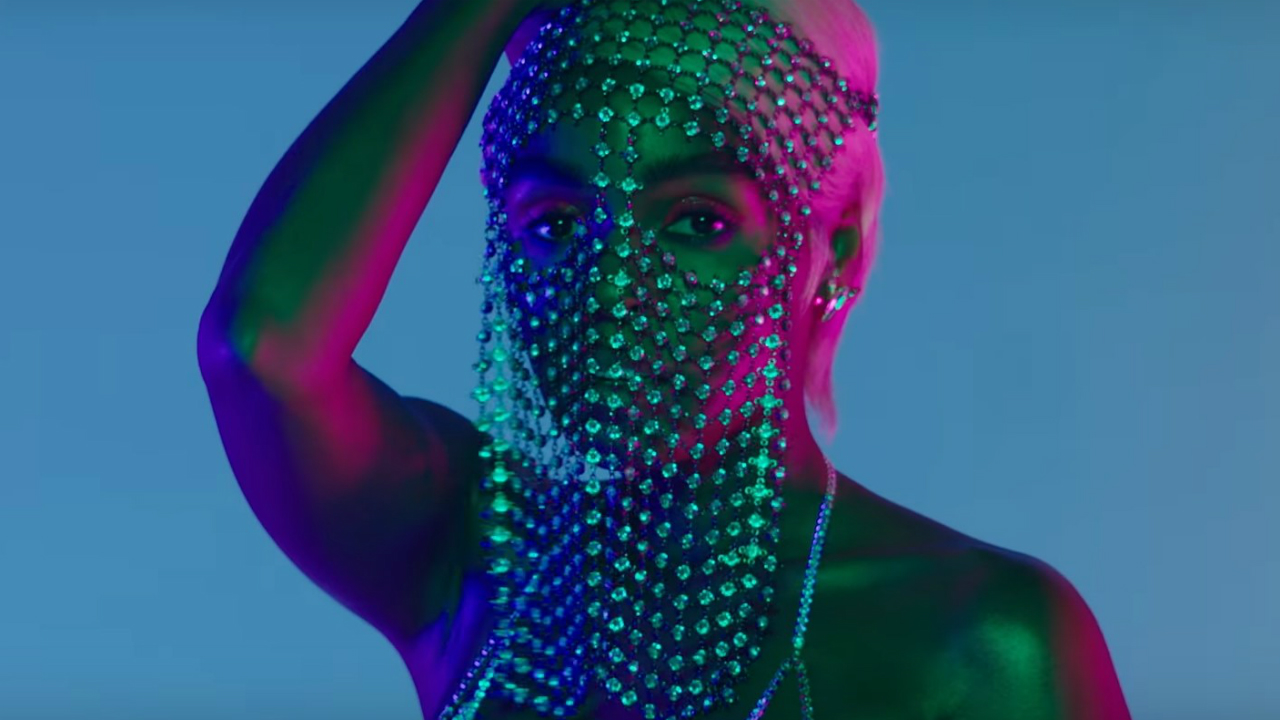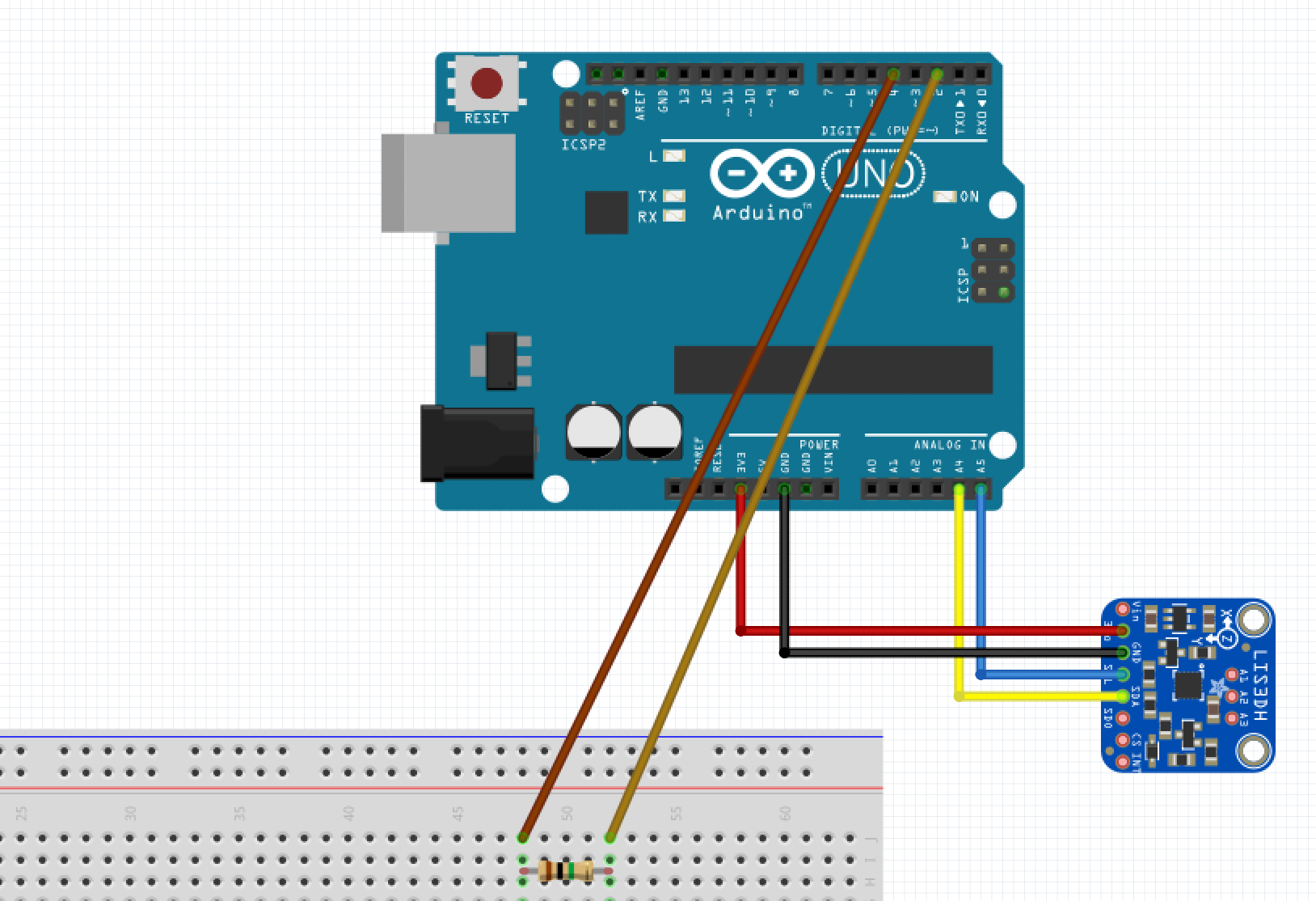Useless Future
If the progress of technology will only make people lose themselves even more, then in this useless future, what kind of human will we become?
produced by: Peilu Chen
Introduction
‘Useless Future' is an audio-visual interactive installation discussing the emotional alienation of human that caused by machine or technology flooding.
Vint Cerf, the former vice president of Google, said, “We don’t want our digital lives to fade away. If we want to preserve them, we need to make sure that the digital objects we create today can still be rendered far into the future”. If the compass fails, then digital products will lose their signal in the future. What if everything we create now leads to an illusory and meaningless future?
Concept and background research
This project is intended to bring a sense of emptiness under a colourful and psychedelic high-tech-world. When life and daily objects are becoming more and more virtualized today, manpower input and the time spend on them are decreasing. There are so many useless high-tech virtual products being produced every day, which doesn’t mean they have no functions, but means that they have rendered many people alienated from each other and make them lose themselves in the virtual world.
I get my concept from a British writer Aldous Huxley‘s novel Brave New World (1932) and Fritz Lang's movie Metropolis (1927). Both are works against the utopia, which emphasize how the abuse of technology in the future society will enslave people. In Huxley‘s novel, he describes a future society of a mechanical civilization where science and technology are highly developed but there is almost no real human emotion. Besides, Janelle Monáe‘s Album "Dirty Computer" compares a person to a “dirty computer“ that needs to be purified, reflecting that human is being spoiled by the digital world.
The machine represents the ultimate beauty of reason, efficiency, and stability that human has been pursuing. However, technology brings contradictory prospect that lost connection almost means lost everything to modern people so that they are unable to live without Wifi though they do not need to be connected all day long. People rely on machines emotionally and they get addicted to the virtual world that machine creates, but after that, they feel empty and lonely.
At the same time, handicrafts are being lost. When people are in a world surrounded by machines, robots and AI, low-tech items are eliminated and replaced by high-tech items, showing the boundary between high-tech and low-tech objects. That is why I made two machines - a film projector and a record-player as a part of my project. They are made by useless low-tech objects such as cosmetic packaging box, paper cups, straws, discarded film and CDs, stationery, etc., which I collected when I was self-isolated at home during the COVID-19. I learned about how a film projector and a record-player work and find that their process and systems are delicate because they need manpower to maintain the handcraft so that the vinyl and film are in better quality than digital products to some extent. Also, these two kinds of things have ever been popular but gradually become quitted the mainstream market because of the new technology. Now we have digital cameras and Bluetooth speakers so that I made them bring us back to the time that our pace of life is not so fast.
My initial prototype comes from one of my projects in the physical-computing course that I made a musical device which enables users to make interaction with it. I extended this work and further combined it with vision. The design inspiration and what I want the audience to experience was influenced by Nam June Paik's works that he is good at video installation that combines video with physical objects. In his work Electronic Superhighway (1995), he composed 336 TV sets, 50 DVD players, 3750-foot-long cables and 575-foot-long neon tubes to show a map of the United States, arranging a large number of fragments of mass media culture compiled disorderly and revealing the separation of human experience and the world caused by the flood of information.
Technical
The interaction is mainly through webcam, also, the film projector and the record-player to make some small changes as the former controls one the threshold the latter creates audio-visual effects through the movement of the stylus. The data will be read from two sensors and send to Max/MSP. When the audience stand in front of the computer, at first they adjust the projector to get the threshold, then they can choose to move their bodies with the stylus. The webcam tracks the motion of the audience and creates real-time colourful, overlapping and delayed illusions. Electronic and artificial sounds are created as well.
The video effect is completed in MAX/MSP. It computes the difference between the current frame and the previous frame and stores the current one as the previous frame. After that, the [jit.gl.pix] object will do jitter shader manipulation together with [jit.gl.videoplane] and [jit.gl.node] object to export a texture that goes to the [jit.videoplane] and render all objects into a single texture, taking the current frame and the previous frame merging into one texture. I made 3 video planes as different layers and do the blending when the colour of the source is very bright. To control that, I set two main parameter - thresh and echo to manipulate video effects. [Thresh] cuts out the stuff that is not below a certain intensity and [echo] adds feedback to the previous frame, creating overlapping and delayed moving images. After testing different inputting values, I found that to achieve my ideal visual effect, the value of the parameter [thresh] should be less than 0.5 while the value of the parameter [echo] should be between 0.5 and 1.0, so I limit their changes to allow the value to float within the specified range.
Then I combine my patch with physical computing. An accelerometer is installed to the film projector that when you turn the grip on the back, it sends the data of X-axis position to Max/MSP to control the thresh of the video. Besides, I use foil as a capacitive sensor on the record player. When the audience touch or move the stylus, the value on the sensor will increase so that it will open the gate and send numbers to a noise machine in Max/MSP that includes 4 [drunk] objects to control four different sound parameters(number, metro rate, pitch and amplitude), creating a continuously evolving noise.
Future development
Because of the COVID-19, this project is unable to reach the exhibition for the audience to experience, so I took a video that performed by me during my interaction with this video installation, from which I was also thinking about the possibility of it becoming a performance. After that, I tried to use a projector to do a projection in a dark room and I found that the relationship between the environment and the body seems to be closer in a larger and wider space. According to its real-time reactivity, the performer is given more freedom and creativity to do their job. This also means that I will possibly place sensors on the performers and adapt my installation to rethink the use of my handmade film projector and record player.
Self evaluation
I am satisfied with the net effect of the work, it is also the most complete one during the year. I spent a lot of time in the early stage, deciding on the topic that I am most interested in, which prevents me from losing my way halfway. Although coronavirus has brought me a lot of inconveniences and limitations, it also allowed me to observe the things around me and use discarded items as part of my project. At the same time, the sense of isolation during this period made me want to do something about "alienation", which makes me feel very meaningful.
References
Aldous Huxley. (1932). Brave New World.
Fritz Lang. (1927). Metropolis.
Janelle Monáe. (2018). Dirty Computer.
Nam June Paik. (1995). Electronic Superhighway.
Nam June Paik. (1988/2000).One Candle.
Nam June Paik. (1993). Sistine Chapel.
John Cage. (1952). 4'33".
Matt Romein. (2014). Analmosh.
Oshima Takuro. (2016). Violinsect.
Myrto Amorgianou. (2019). Digital Ruins.
Narduli Studio. (2020). Portal | Los Angeles.
LIS3DSH accelerometer sensor and Arduino example
http://arduinolearning.com/amp/code/lis3dsh-accelerometer-sensor-and-arduino-example.php
Max Easy Pieces – Episode #3: eKlipse
https://virtual-sound.co m/max-easy-pieces-episode-3-eklipse/
Max 6 Tutorial 22: Video Reverb
https://www.youtube.co m/watch?v=sNr--9LO72k&t=619s
How to make an Arduino Plant Audio Sampler Tutorial with Max
https://www.youtube.co m/watch?v=msNniH22tzg












































































